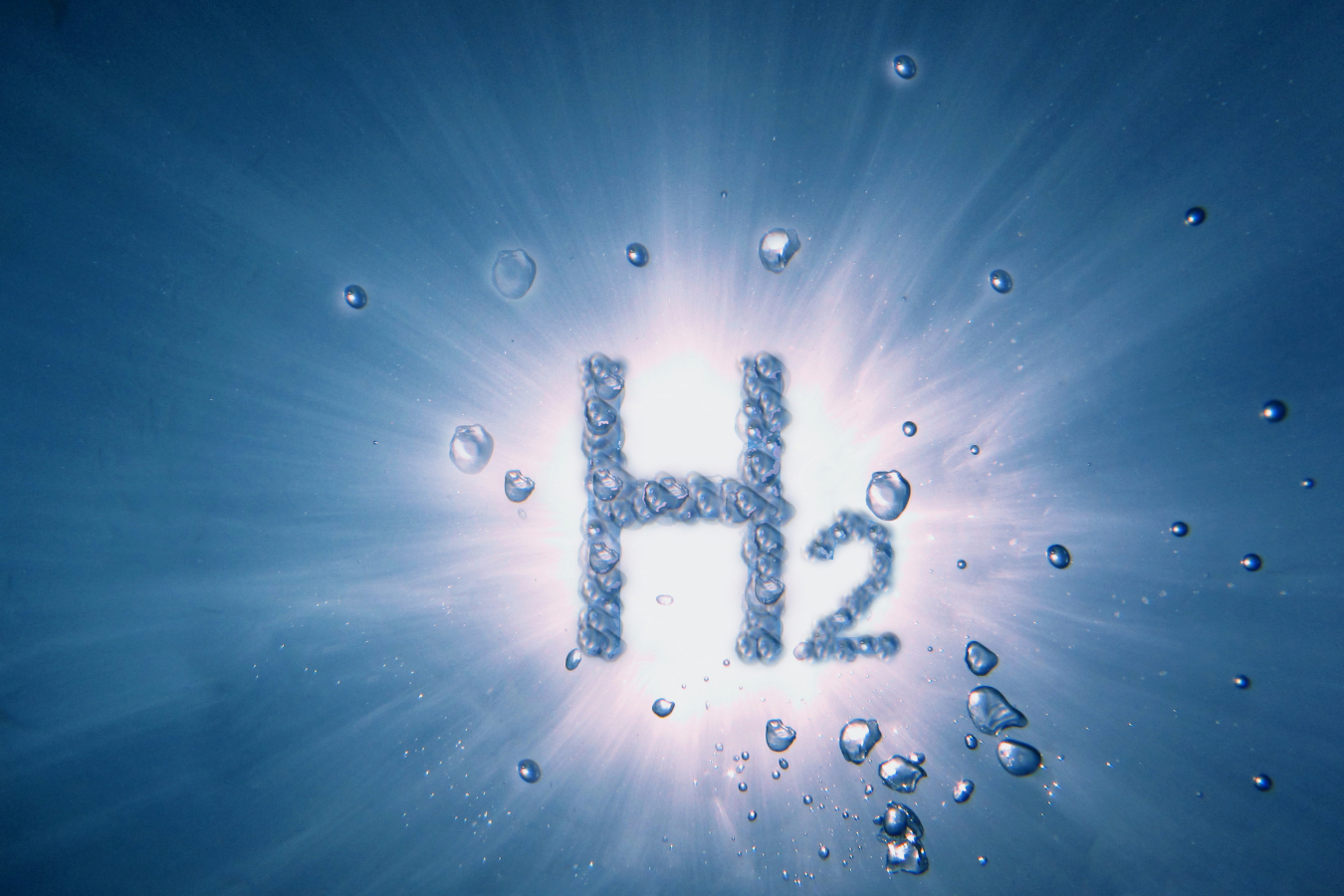This Tech Talk highlights how LPO can support projects across the clean hydrogen supply chain and for versatile end uses, including energy storage, advanced transportation, and more.
May 25, 2023
The Department of Energy (DOE) Loan Programs Office (LPO) is working to support U.S. clean hydrogen deployment to facilitate the energy transition in difficult-to-decarbonize sectors to achieve a net-zero economy. Accelerated by Hydrogen Hub funding, multiple tax credits under the Inflation Reduction Act including the hydrogen production tax credit (PTC), DOE’s Hydrogen Shot, and decarbonization goals across the public and private sectors, clean hydrogen will play a key role in the shift to a net-zero economy by 2050.
LPO can support projects across the clean hydrogen supply chain and for versatile end uses, including energy storage, advanced transportation, and as a substitute for carbon-intensive hydrogen currently used in chemicals and industrials.
Why Clean Hydrogen?
Clean hydrogen includes low carbon intensity production, either through electrolysis using carbon-free electricity like nuclear, wind, or solar or by steam reforming natural gas, biomass, waste coal, or other materials and capturing and storing or utilizing the carbon. Hydrogen projects will play an important role in meeting the Biden Administration’s goal of net zero emissions by 2050, particularly in difficult-to-decarbonize industrial and chemical processes like ammonia production and oil refining, as well as transportation use cases such as heavy-duty trucking and aviation fuels.
Industries are beginning to implement clean hydrogen to reduce emissions, yet challenges remain to deploying it at scale, including lack of debt financing for commercial deployment. Reformation-based production is a mature technology, but carbon capture and storage infrastructure requires significant scale-up. Electrolytic hydrogen has been deployed in commercial settings, but often not at the scale, volumes, and industrial uptime at which it is now considered for use. Production costs are coming down rapidly, and industry forecasts significant cost reductions by 2030. However, the technology has not yet established an adequate commercial operating history to prove to most private lenders that it is bankable, primarily due to lack of long-term offtake contracts and limited midstream infrastructure.
LPO can finance hydrogen projects that avoid, reduce, utilize, or sequester air pollutants or greenhouse gas emissions and meet other eligibility and programmatic requirements. These DOE-supported early deployments will prove that the technology is bankable, accelerating commercial deployments and further lowering costs.
LPO can finance projects across the clean hydrogen supply chain, which may include, but are not limited to:
- Production: Facilities such as clean electricity paired with electrolyzers to produce clean hydrogen.
- Midstream infrastructure: Including compression or liquefaction facilities, storage (e.g., salt caverns), and distribution (e.g., pipelines, hydrogen trucking networks, transport of related CO2 products in the case of reformation-based production).
- End use:
- Industrials and chemicals: Replacing carbon-intensive hydrogen in industrial settings with clean hydrogen (e.g., for ammonia, oil refining, steel, methanol).
- Advanced transportation: Direct use in fuel cell-powered machines and indirect use via synthetic/hydrogen-derived fuels. Applications include heavy-duty trucking, aviation fuels, and maritime fuels.
- Gas replacement: High-capacity factor firm power, lower-capacity factor power, industrial heat, applications for natural gas blending, and long-duration energy storage (seasonal).
- Industrials and chemicals: Replacing carbon-intensive hydrogen in industrial settings with clean hydrogen (e.g., for ammonia, oil refining, steel, methanol).
Contributor: Hannah Murdoch (Office of Technology Transitions)
Michael Reed

Michael Reed is the Director of the Technical and Environmental Division (TED) for the Department of Energy’s Loan Programs Office (LPO). In this role, he provides technical management and performance monitoring of LPO’s $30 billion portfolio of clean energy projects. This portfolio includes projects in renewable energy and energy efficiency, advanced technology vehicle manufacturing, advanced fossil, nuclear, and related transmission infrastructure. Mr. Reed also oversees the technology evaluations of new applications submitted under open LPO solicitations.
Mr. Reed has over 30 years of diverse technical and leadership experience, serving as a senior executive and chief engineer in both the private and government sectors. Prior to joining LPO, Mr. Reed was the Chief Engineer of the U.S. Department of Energy’s Water Power Program, and the Vice President of Engineering for numerous defense and energy consulting companies. He has served in the U.S. Navy and the Naval Sea Systems Command, working on advanced power and propulsion systems.
Mr. Reed earned his BS in Engineering from the US Merchant Marine Academy, and an MS in Environmental Science and Policy from The Johns Hopkins University.

